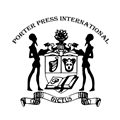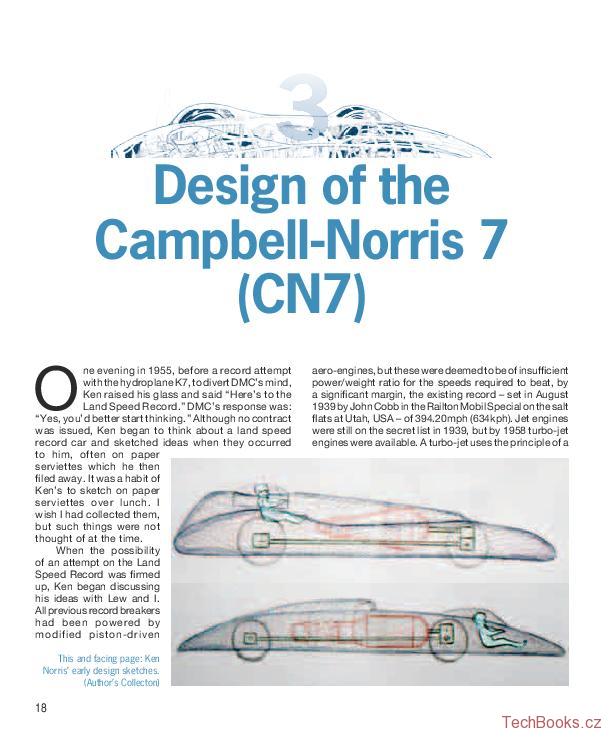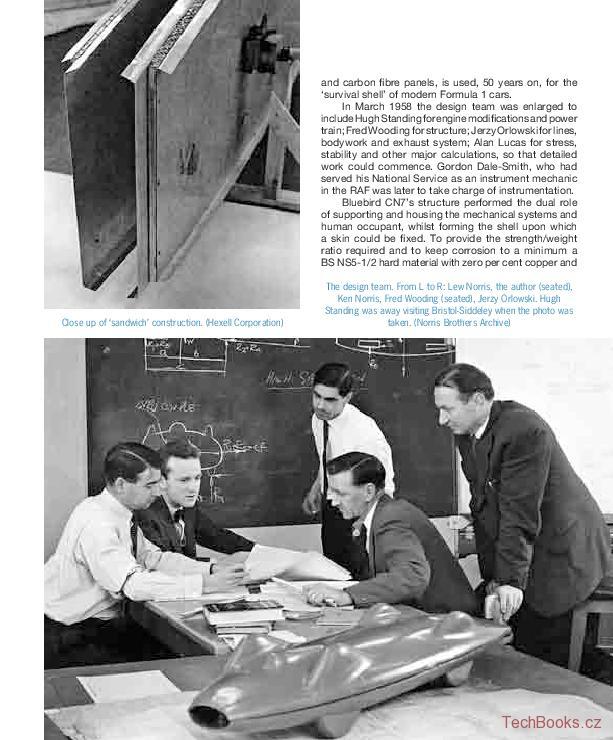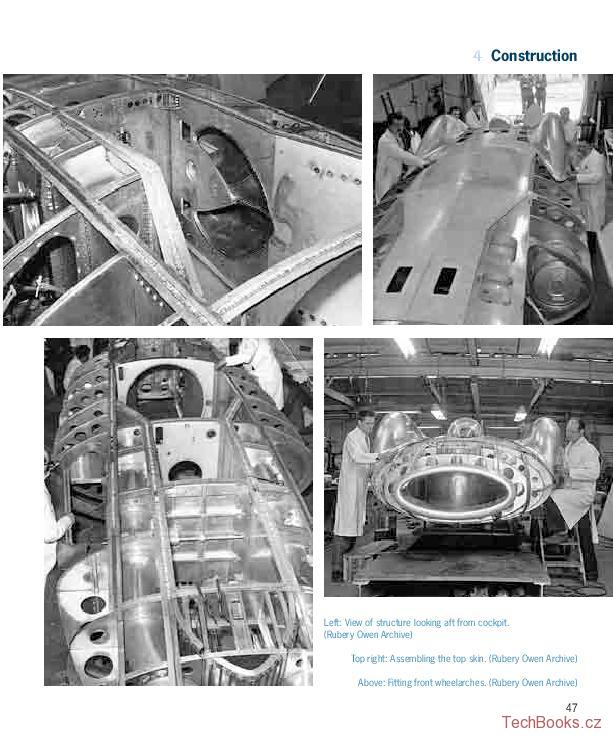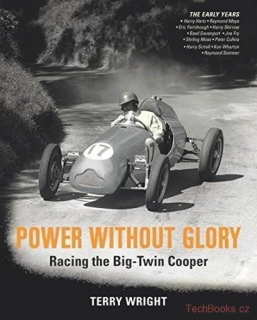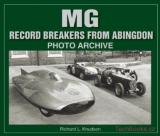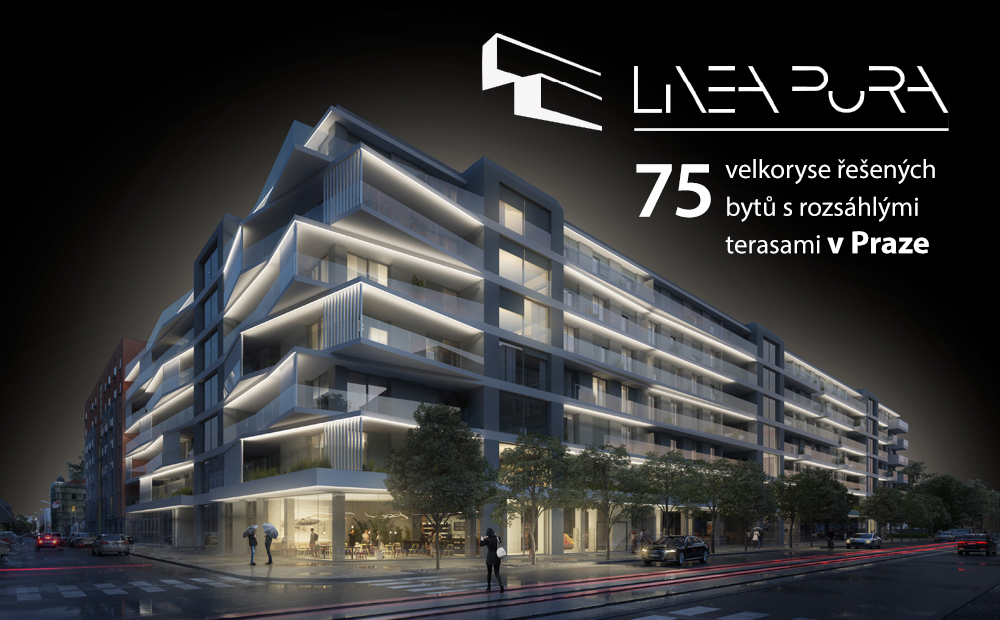Úvod »» Bluebird CN7
Anotace
| Vazba: | Brožovaná | ||
| Počet stran: | 160 | ||
| Rozměry v mm: | 210 x 250 | ||
| Počet obrázků: | 142 | ||
| Rok vydání: | 2016 | ||
Features
• The story of the Bluebird CN7 told by a member of the original design team
• The name "Bluebird" is synonymous with world speed record breaking
• CN7 is the fastest of the Bluebirds and the most sophisticated design ever produced for a wheel-driven record breaker
• CN7 used technology and materials developed for the aircraft industry
• The personalities involved
• Previously unpublished photographs, drawings and speed graphs
• CN7 is now resident in the National Motor Museum, Beaulieu
Description
The development, construction and operation of the last wheel-driven land speed record-breaking car that the UK produced, and how the tragic demise of Donald Campbell precluded it from reaching its full potential. It is also the personal story of one of the design team, how he became involved, and his incredible experiences in doing so. With many previously unpublished photographs, drawings,
and illustrations, this is a unique account of a legendary feat of British engineering.
Synopsis
Since the early 1920s the name Bluebird has been synonymous with world speed record breaking on land and water. Driven first by Sir Malcolm Campbell, then his son Donald, and latterly by Donald’s nephew Donald Wales in electric powered vehicles, they have consistently pushed records ever higher.
This book is the story of the design and construction of the fastest of the Bluebirds, the Campbell-Norris 7 (CN7). This car, now resident in the National Motor Museum at Beaulieu in England, is the most sophisticated design ever produced for a wheel-driven record breaker. Using methods and materials developed for the aircraft industry, the CN7, given suitable running conditions, was capable in 1960 of a speed exceeding that produced by the present wheel-driven record holder 19 years later.
The author was first employed by the designers Norris Brothers Ltd as a design draughtsman on the Bluebird K7 hydroplane. After completing his National Service in the RAF, he rejoined the company to work with the two chief designers developing the specification for CN7, and he later became project co-ordinator for its construction.








